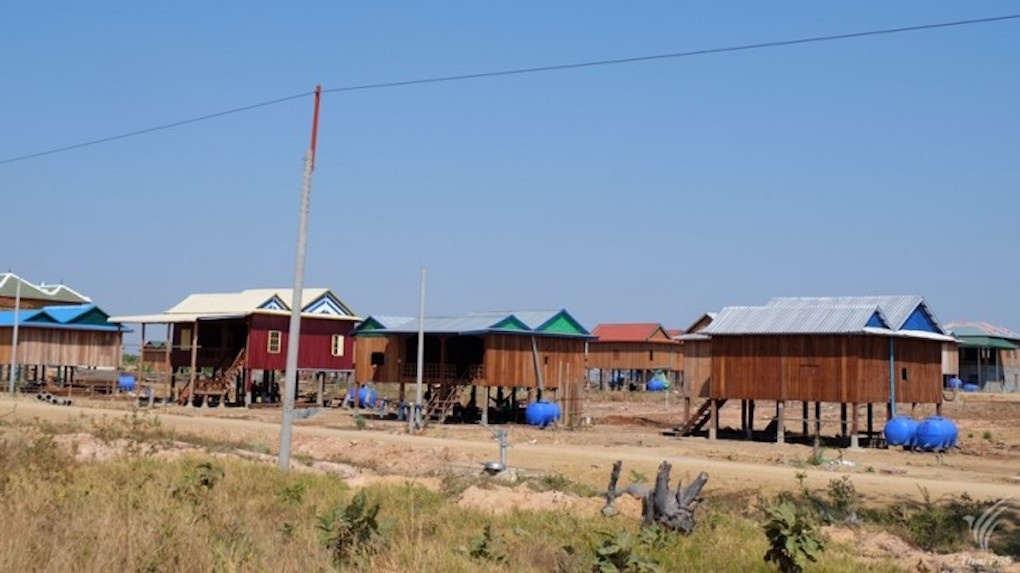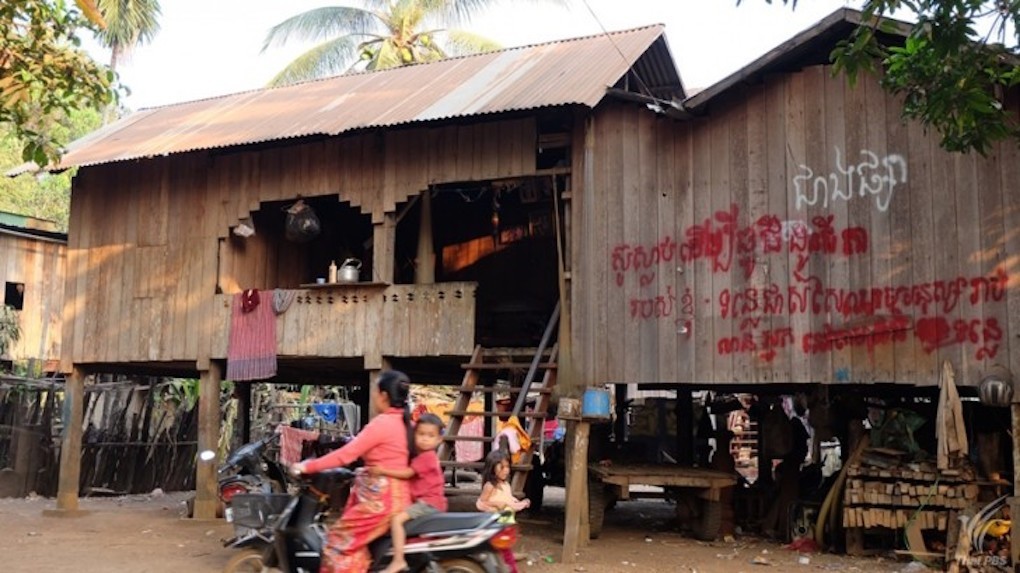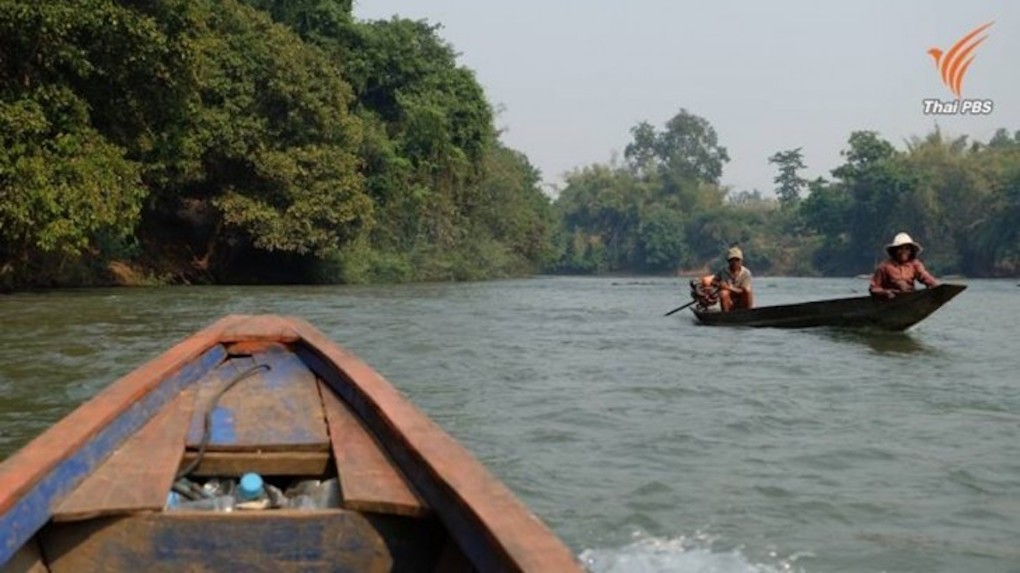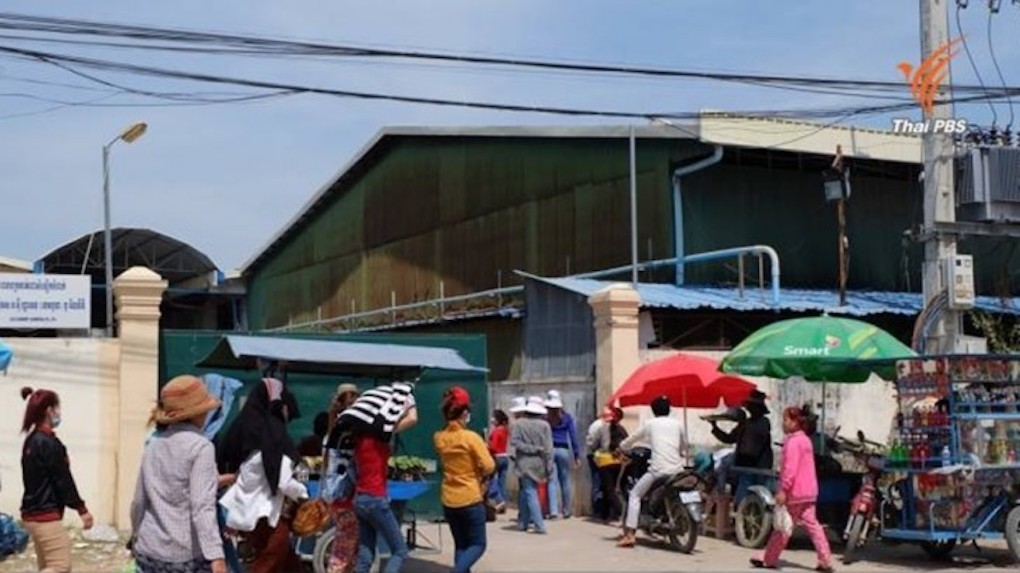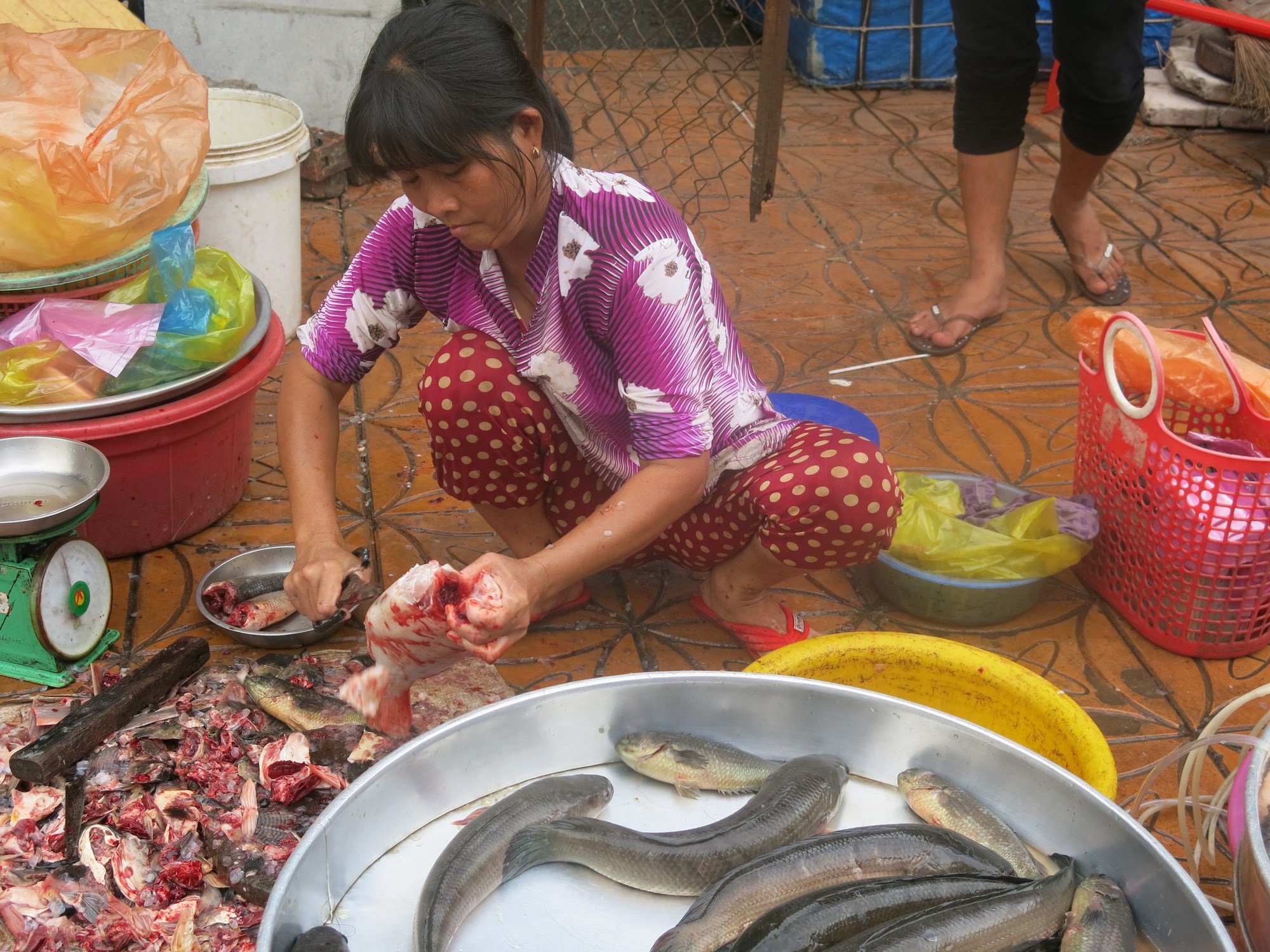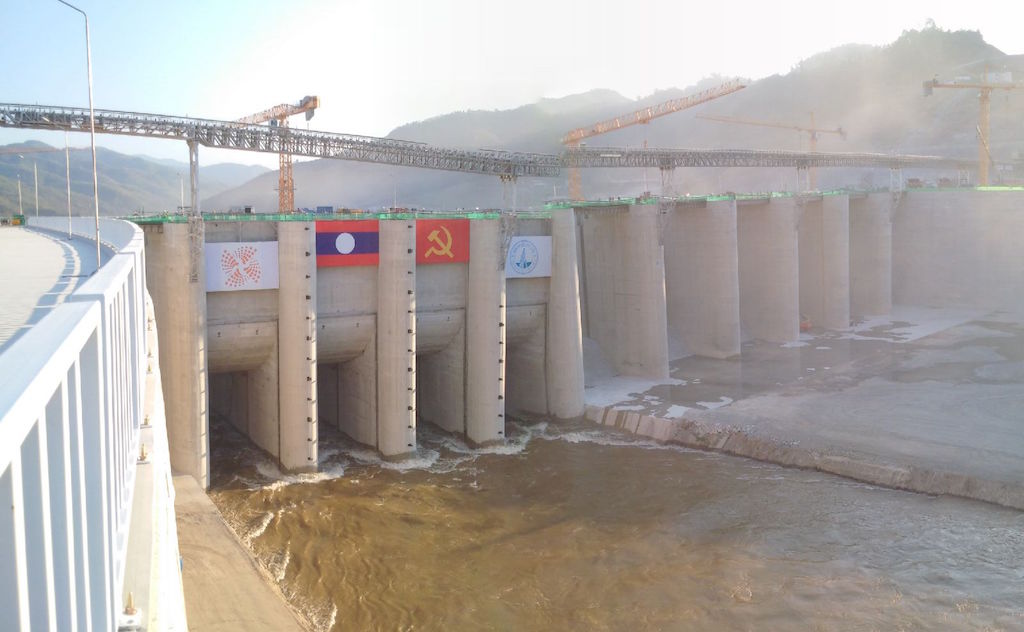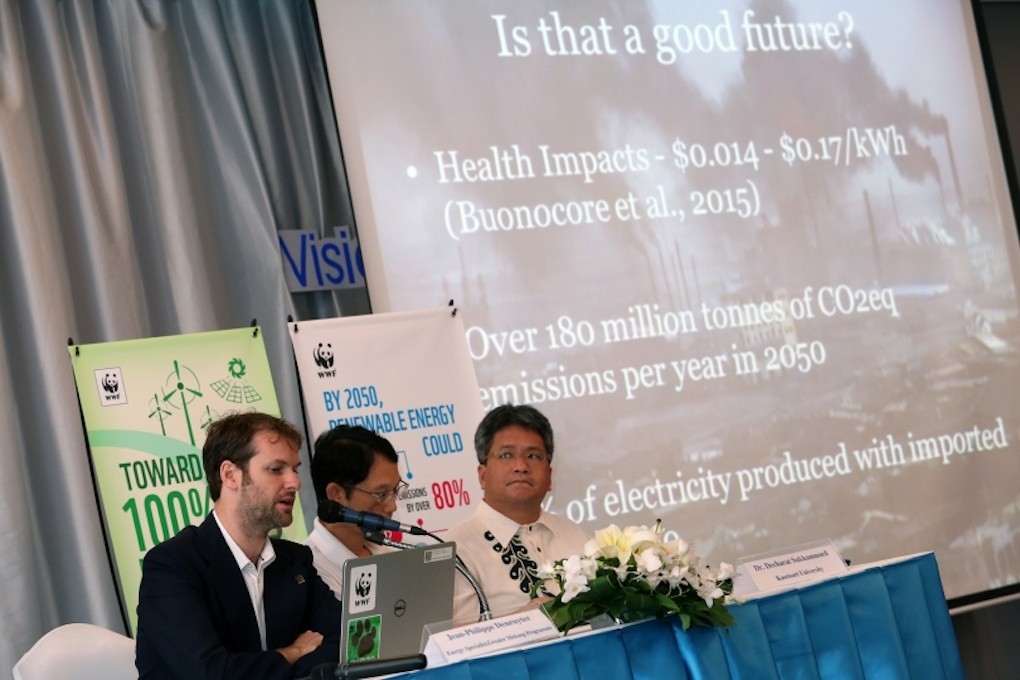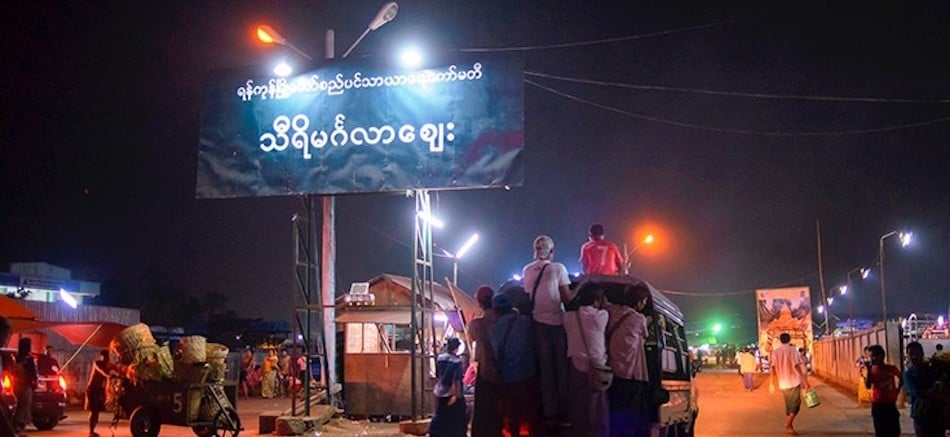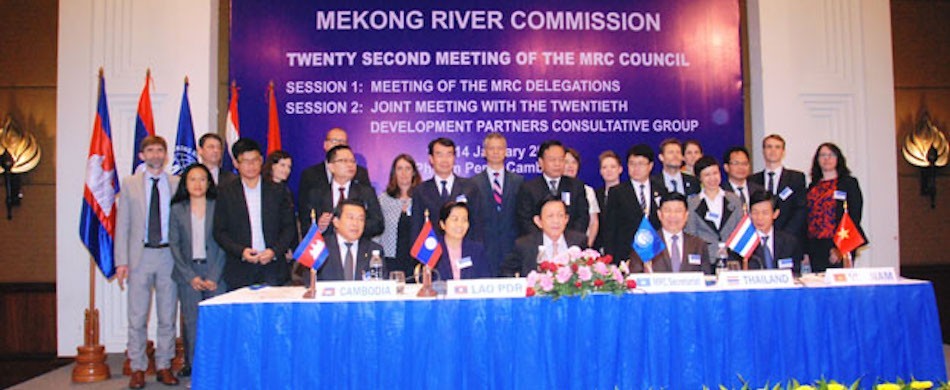For many of the 500 families in Srekor villages and six other villages in Stung Treng province of Cambodia, life will never be the same when they are moved to resettlement areas following the completion of the Sesan II dam.
Tag: energy
Harnessing Sesan River (Part 2): Voices from another village facing evacuation to make way for a dam
Srekor village in Stung Treng province of Cambodia is another village destined to be evacuated to pave way for the construction of the lower Sesan II dam which is now 50 percent complete.
Harnessing Sesan River (Part 1): the choice between fish or electricity
“I can’t say whether fish and electricity can substitute each other…” so said Sana, a 25-year old fisherman of the Sesan river in Stung Treng province of Cambodia when asked by a Thai PBS reporter about the lower Sesan Dam II.
Harnessing the Sesan River: An In-depth look at the Lower Sesan 2 Dam
A comprehensive investigation into the myriad of social, economic and environmental challenges facing communities along one of the Mekong’s most biologically and socially vibrant tributaries due to the Cambodian government’s determination to erect a major hydroelectric dam.
Harnessing Sesan River (Part 5): Cambodia and its goal for electricity self-sufficiency
In March this year, the Asian Development Bank listed Myanmar, Cambodia, Vietnam and Laos as the three top Asean countries which have the highest growth rates among the regional bloc.
For the past ten years, Cambodia’s economy has been growing by an average of 7 percent and the government has set the sight to upgrade the country to the status of middle-income country in 2030 by promoting investments especially garment industry and service sector. And this has spurred the increasing need of electricity.
Harnessing Sesan river (Part 6): Dam and fish in Samse river basin
The image of fishermen casting fish nets from their small wooden boats while others throwing bits of catfish meat into the river before using small baskets made of bamboo to catch small fish has been a commonplace in Jalai islet in mid Mekong river in Satung Treng province.
Jalai islet is about 25 kms from the lower Sesan II dam. This is the passageway of fish species that swim upstream from Tonle Sap and the lower Mekong river for spawning in the upper Mekong river and its tributaries which include Sekong, Seprok and Sesan which altogether form the Samse river basin.
Electricty Rates Spike in Laos, the ‘Battery’ for Southeast Asia
Electricity rates are skyrocketing in Laos, just as the hot season tightens its grip on a country that aims to be the “battery” that powers Southeast Asia with hydropower from river dams.
Some people have watched as their rates for electricity have more than tripled, and they are scratching their heads as to why they are suddenly paying so much for power when Vientiane has been touting the country’s power generating ability as a way to bring Laos out of poverty.
Mekong region could rely on 100% clean energy by 2050: WWF
THAILAND AND countries in the Mekong region should be able to rely 100 per cent on renewable energy by 2050 and escape the severe impacts of climate change, a World Wildlife Fund (WWF) study revealed.
The WWF held a press conference in Bangkok yesterday to disclose its latest study on sustainable energy in Thailand and four countries in the Mekong region. The study showed that these countries can produce and use electricity from solar power, wind power, biogas and small run-of-the-river hydroelectricity.
Let there be light: The Challenge of powering Myanmar
Myanmar aims to achieve national electricity coverage by 2030, but there are big questions about whether that goal can be achieved and what impact it could have on the environment and communities.
Mekong River in danger, but MRC is ‘weak’
Dams and water diversion projects along the Mekong River threaten to overwhelm an ecosystem that supports 60 million people and thousands of species, according to a consensus of scientists, NGOs and governments. But amidst this pending crisis, the main mechanism set up to protect the river is becoming all but irrelevant.
The Mekong now needs more protection than ever, experts say, but the Mekong River Commission (MRC) – an international body that manages Mekong development and water resource use – has been steadily losing power for years, say current and former employees who spoke on condition of anonymity.


